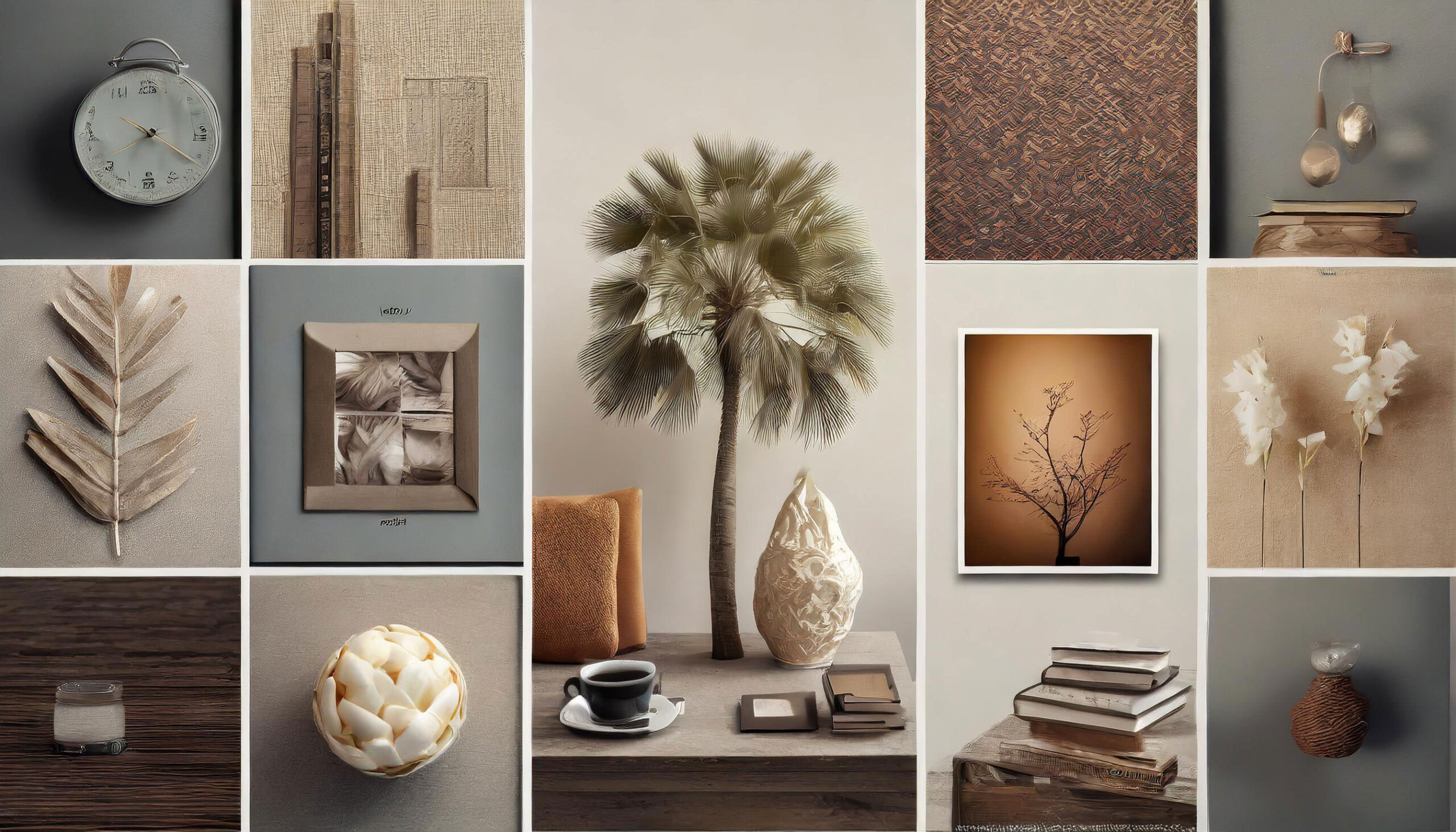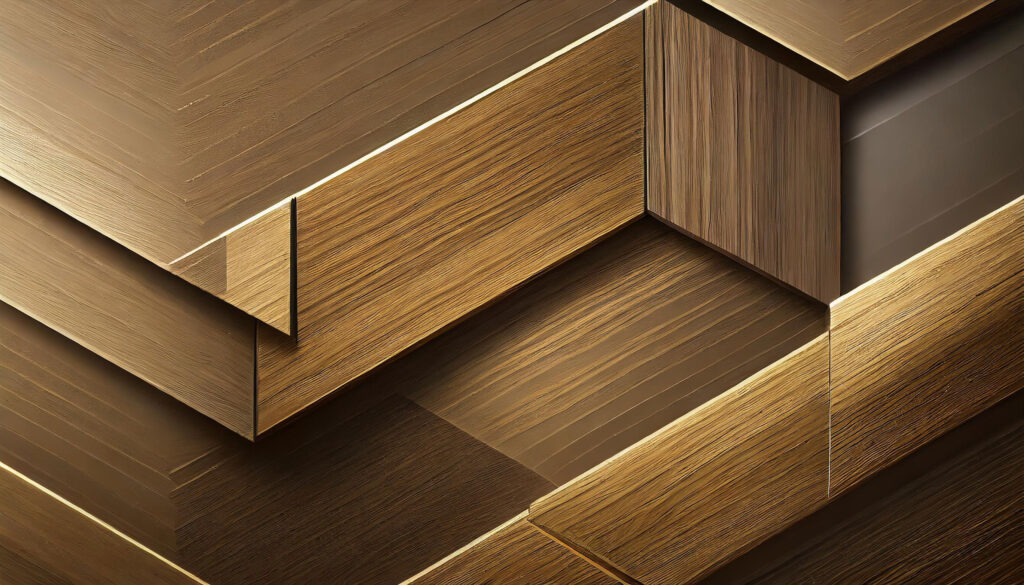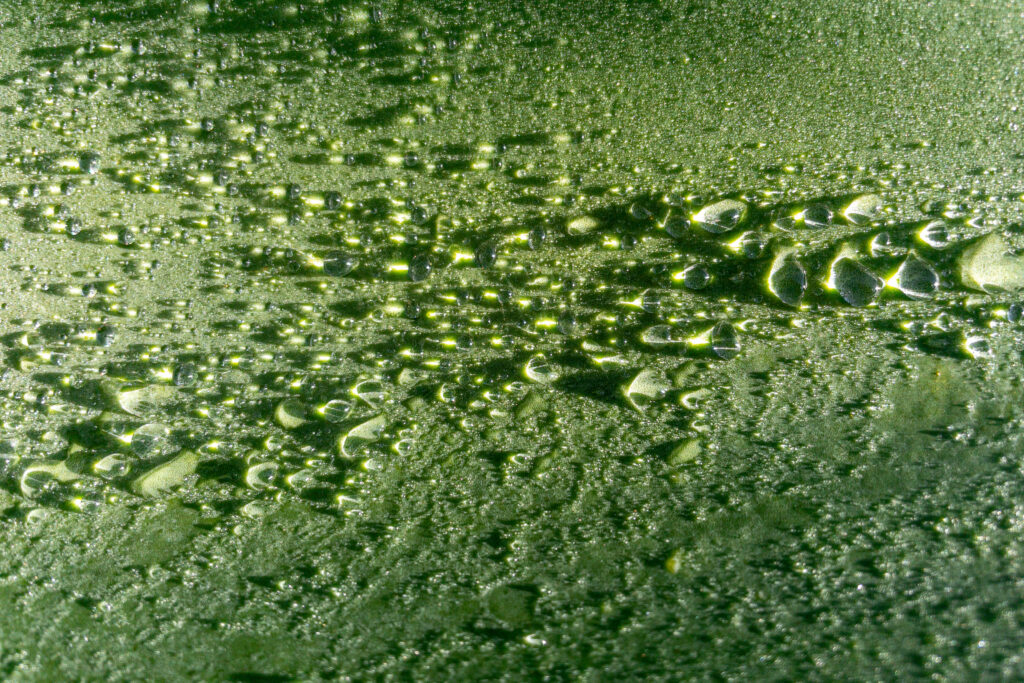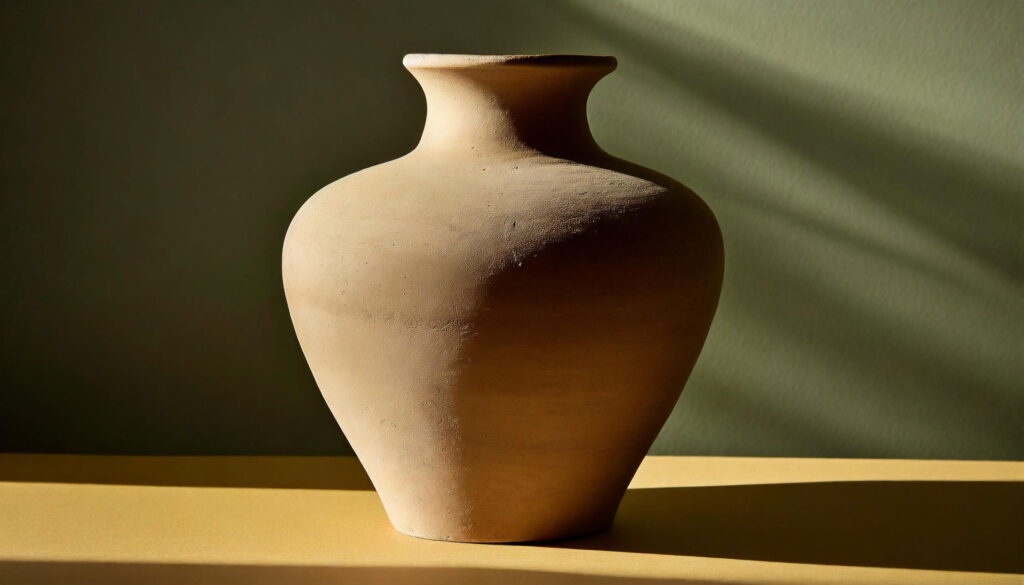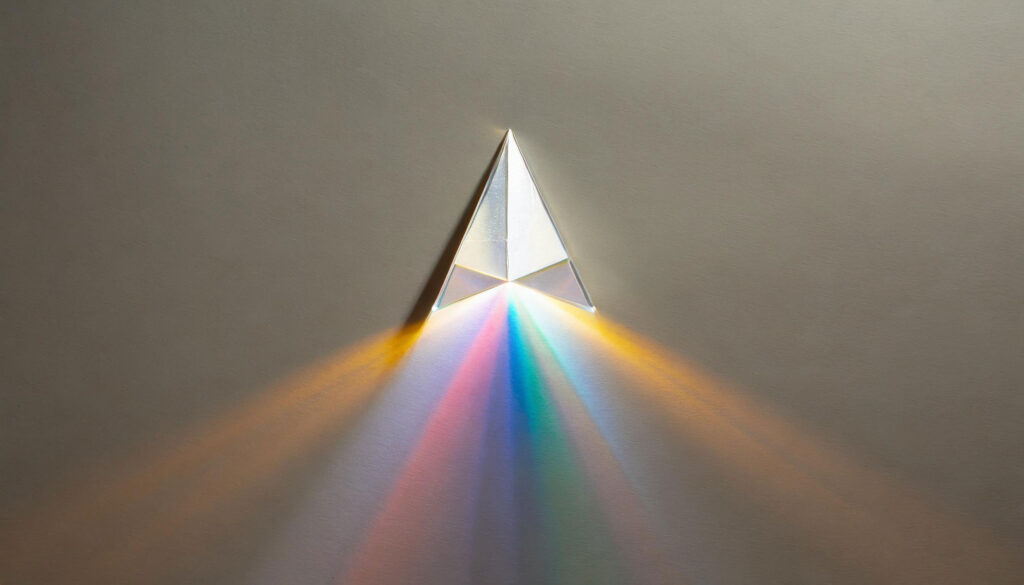Demystifying Art: The Building Blocks of Design
Unlock the secrets of artistic expression with our exploration of the Elements of Design. Dive into fundamental building blocks that artists use to convey emotions and ideas, from lines and textures to colors and values. Discover how these elements come together to create visually captivating works of art!
